Walking Through History: A Revolutionary Journey to Boston and Concord
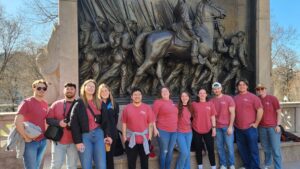
History 321 at Le Moyne explores the American Revolution and Early Republic 1763-1800. As we approach the 250th anniversary of the American Revolution, Dr. Holly Rine, Associate Professor of History, decided to make some enhancements to the course. “I added a travel component to our course because what better way to study history than to stand where it happened? On April 19, 1775, the Battles of Lexington and Concord ignited a movement that would shape a nation. This spring, we followed the footsteps of those early revolutionaries across Boston and Concord, bringing the past vividly to life.”
Retracing the Revolution
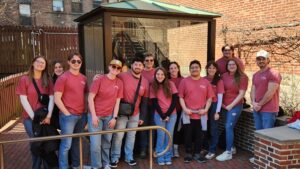
From walking the full Freedom Trail from Boston Common to the USS Constitution to visiting iconic sites like the Paul Revere House and the Old North Church, every step was steeped in significance. One unforgettable highlight? “The Concord Museum, where I saw one of the original lanterns used to signal Paul Revere and the midnight riders. Seeing this artifact firsthand made the famous ‘one by land, two by sea’ moment feel real to me. The museum also offered insight into everyday life in colonial America, highlighting the contributions of ordinary people to the revolutionary cause.” – Brandon Radell
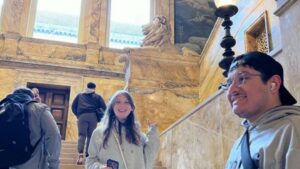
“We visited the Boston Public Library which was, in my opinion, the most beautiful sight in Boston that we saw. I’m pictured on the steps of the library, which led to the upper levels and had murals all across the ceiling. In the library we viewed multiple maps made either prior to or during the American Revolution which gave us a greater understanding of the revolution in Boston. The maps depicted what was known of the geography of Boston at the time, and the surrounding waters. This helped us understand the different perspectives during the revolution, and how much was known of the area. The Boston Public Library is a great look into Boston’s rich history and I definitely recommend that anyone who visits the city visit.” Ariel Clarke
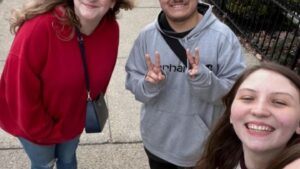
Walking past Boston’s residential area in the Back Bay area
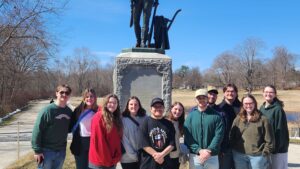
The weather was on our side. We walked miles, soaked in stories, and came away with a deeper connection to our country’s origins—and to each other.
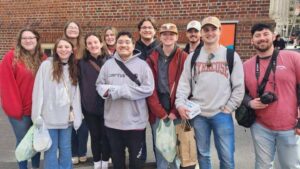
Other walking tours took us through the Black Heritage Trail and the Women of Beacon Hill, offering perspectives often left out of traditional narratives. Our trip wrapped up in Concord, where we visited the Concord Museum and saw artifacts that witnessed the very first shots of the Revolution—including one of the original lanterns from the Old North Church.
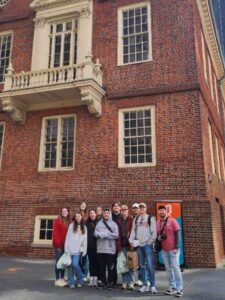
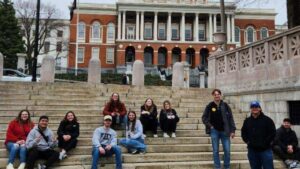
“Walking the Freedom Trail showed us key moments of the revolution to life, from standing at the site of the Boston Massacre to visiting Paul Revere’s house. Experiencing these places in person provided a deeper appreciation for the events that shaped the nation’s founding.” – Brandon Radell
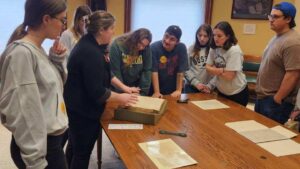
“My favorite part of our trip to Boston was when we visited the Massachusetts Historical Society. We were able to see such documents as a draft of the Declaration of Independence and George Washington’s Newburgh Address. I enjoyed looking at these documents and taking in what these simple pieces of paper would soon mean for our country: the effects that they would have.” – Kenna Murphy
When you study history as an undergraduate at Le Moyne, you’ll look to the past for a view of the future. You’ll graduate with strong critical thinking and research skills. And your degree will bring you a deep understanding of what it means to be a world citizen – to overcome challenges, solve problems, drive progress and make the world a better place for generations to come.


